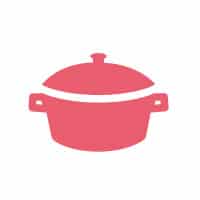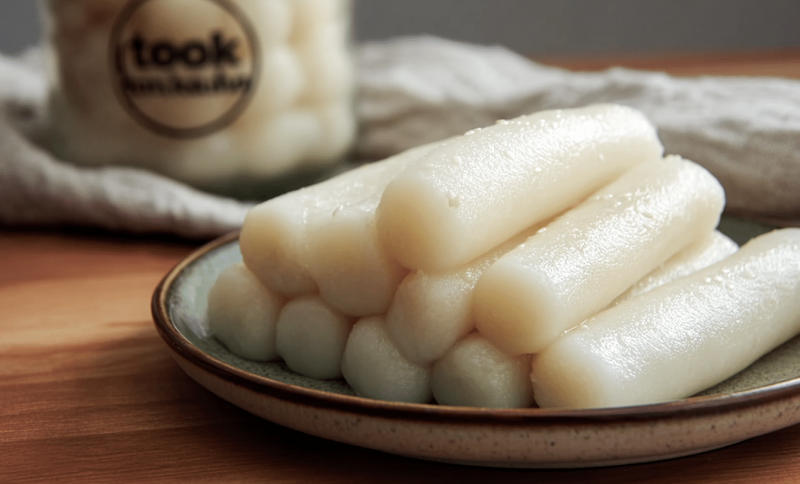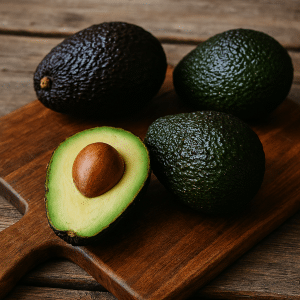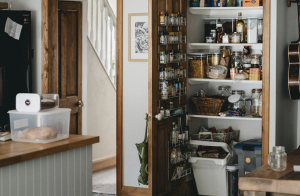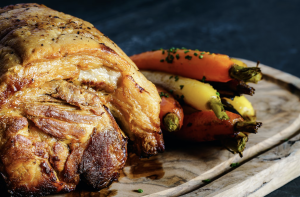Chewy, soft Korean rice cakes made from glutinous rice flour and steamed to perfection bring authentic Korean flavors and textures to your home.
This Korean rice cake recipe delivers the exact bouncy, satisfying texture that makes tteok essential in beloved dishes like tteokbokki and tteokguk.
No special equipment needed, no hard-to-find ingredients – just simple rice flour and water that steam into the chewy perfection that defines authentic Korean cuisine.
The secret lies in using the right rice flour and proper steaming technique that creates the distinctive texture Korean food lovers crave.
These Korean rice cakes prove that the most authentic flavors come from understanding traditional methods that connect us to centuries of Korean culinary heritage and family traditions.
What is Tteok? Understanding Korean Rice Cakes
Korean rice cakes, known as tteok, represent one of Korea’s most important traditional foods with deep cultural significance and incredible flexibility.
These chewy, soft cakes come in various shapes, sizes, and flavors, each with specific purposes and traditional occasions for serving.
The foundation of authentic tteok lies in the type of rice flour used – maebssal (short-grain rice flour) creates a firmer texture while chapssal (glutinous rice flour) produces the characteristic chewy, stretchy quality that makes Korean rice cakes unique.
Understanding these ingredients is crucial for achieving proper texture and authenticity.
Traditional preparation methods include pounding, steaming, shaping, boiling, and sometimes frying, each technique contributing to different textures and applications.
Ingredients for Korean Rice CakesFor Basic Rice Cakes:
For Sweet Variations:
For Savory Applications:
|
Pro tip: Use authentic Korean glutinous rice flour for the best texture – Japanese or other Asian rice flours may produce different results and won’t achieve the signature Korean chewiness.
Let’s Create Authentic Korean Rice Cakes – Step by Step!
This Korean rice cake recipe uses traditional steaming methods that create the perfect chewy texture. The key is achieving the right dough consistency and proper steaming technique.
1. Prepare the Rice Flour Mixture
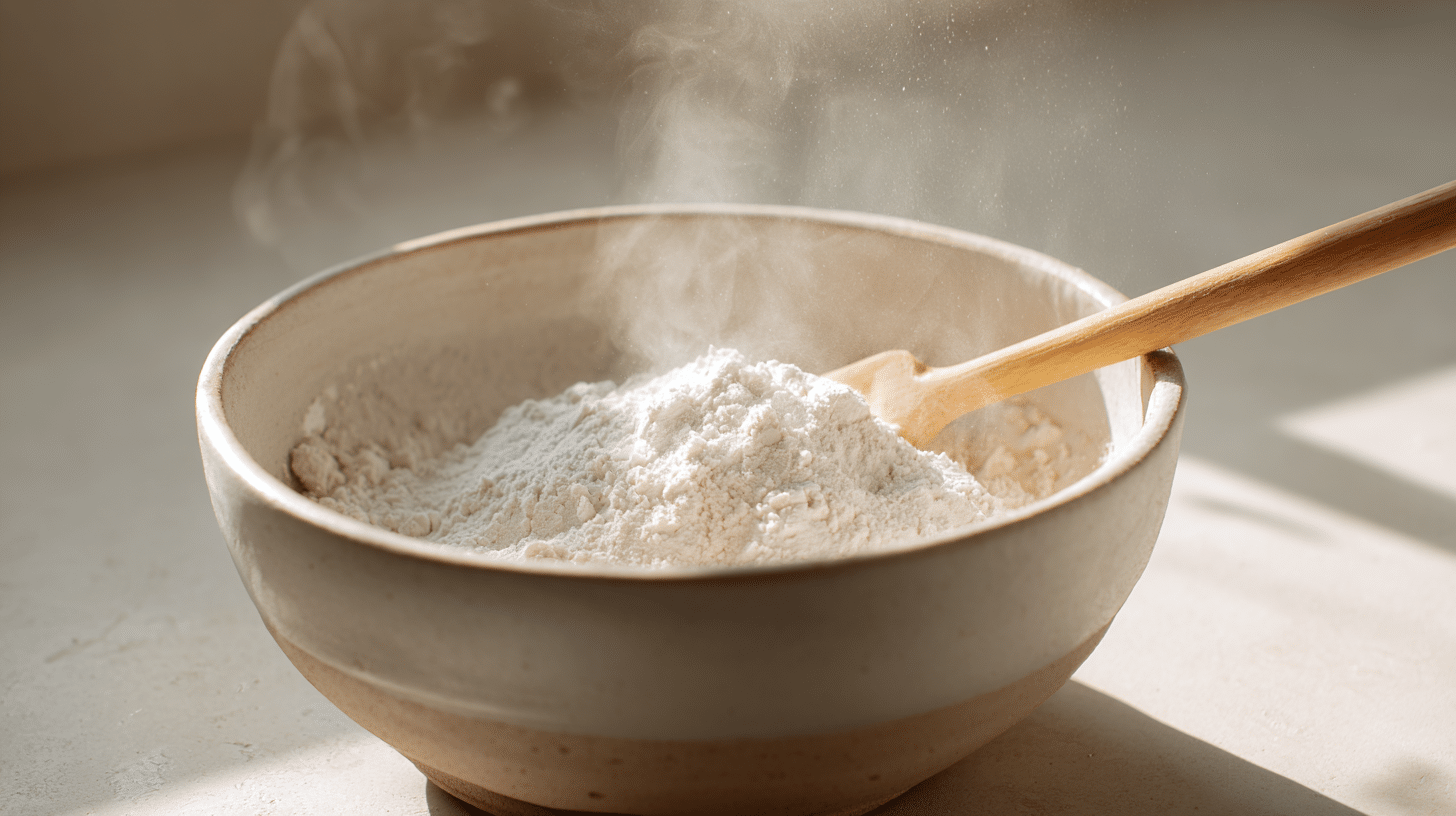
Combine glutinous rice flour and salt in a large mixing bowl, stirring to distribute evenly. Gradually add warm water while mixing with chopsticks or a wooden spoon until a cohesive dough forms.
The dough should feel slightly sticky but hold together without being too wet or crumbly.
Pro Tip: Add water gradually – different rice flour brands absorb varying amounts, so adjust liquid as needed for proper consistency.
2. Knead the Dough
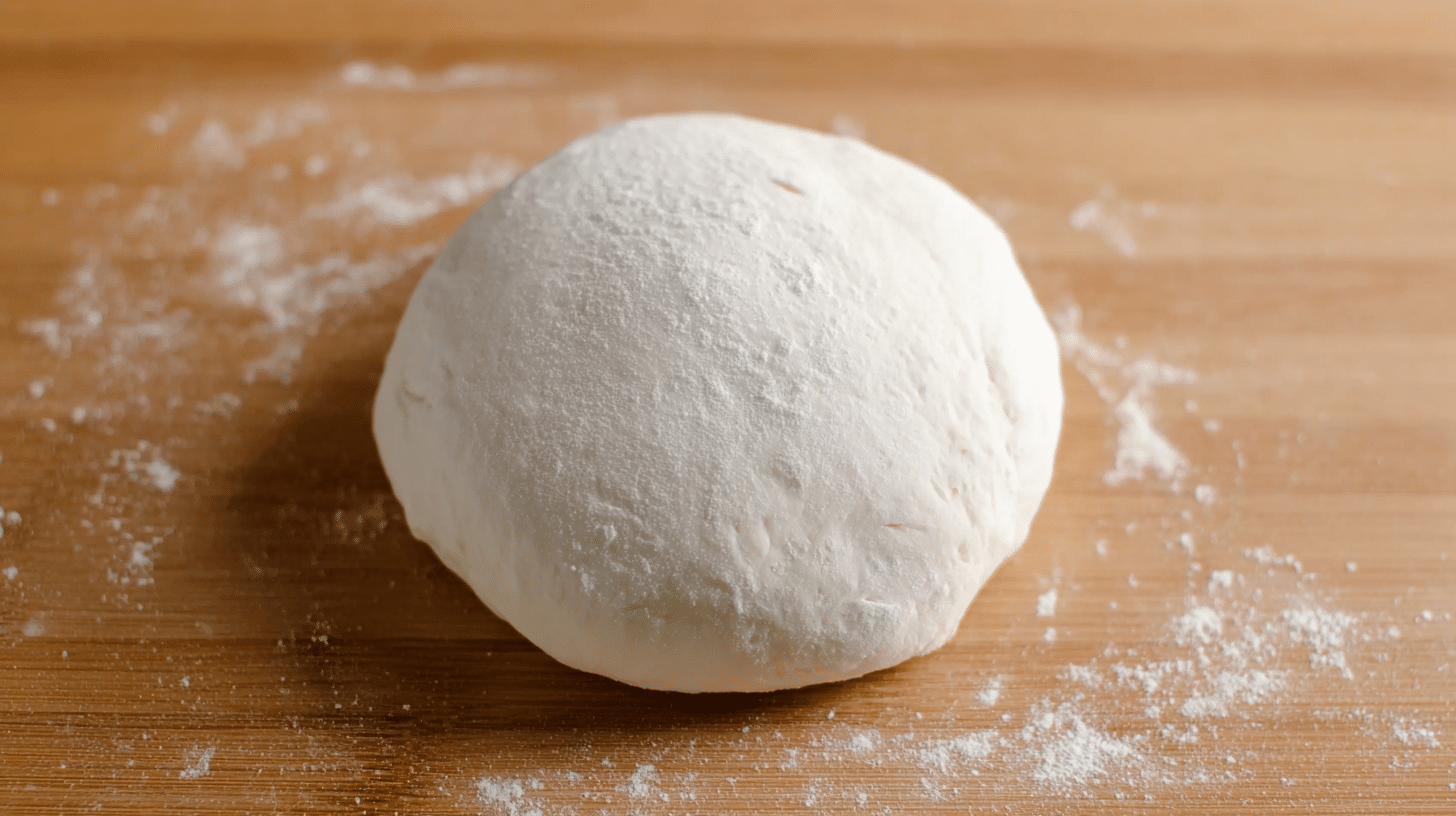
Transfer dough to a clean surface and knead for 5-8 minutes until smooth and elastic. The dough should feel soft and pliable without sticking excessively to your hands.
Proper kneading develops the gluten-like proteins that create the signature chewy texture.
Pro Tip: Lightly oil your hands if the dough becomes too sticky, but avoid adding too much oil, which can affect the texture.
3. Shape the Rice Cakes
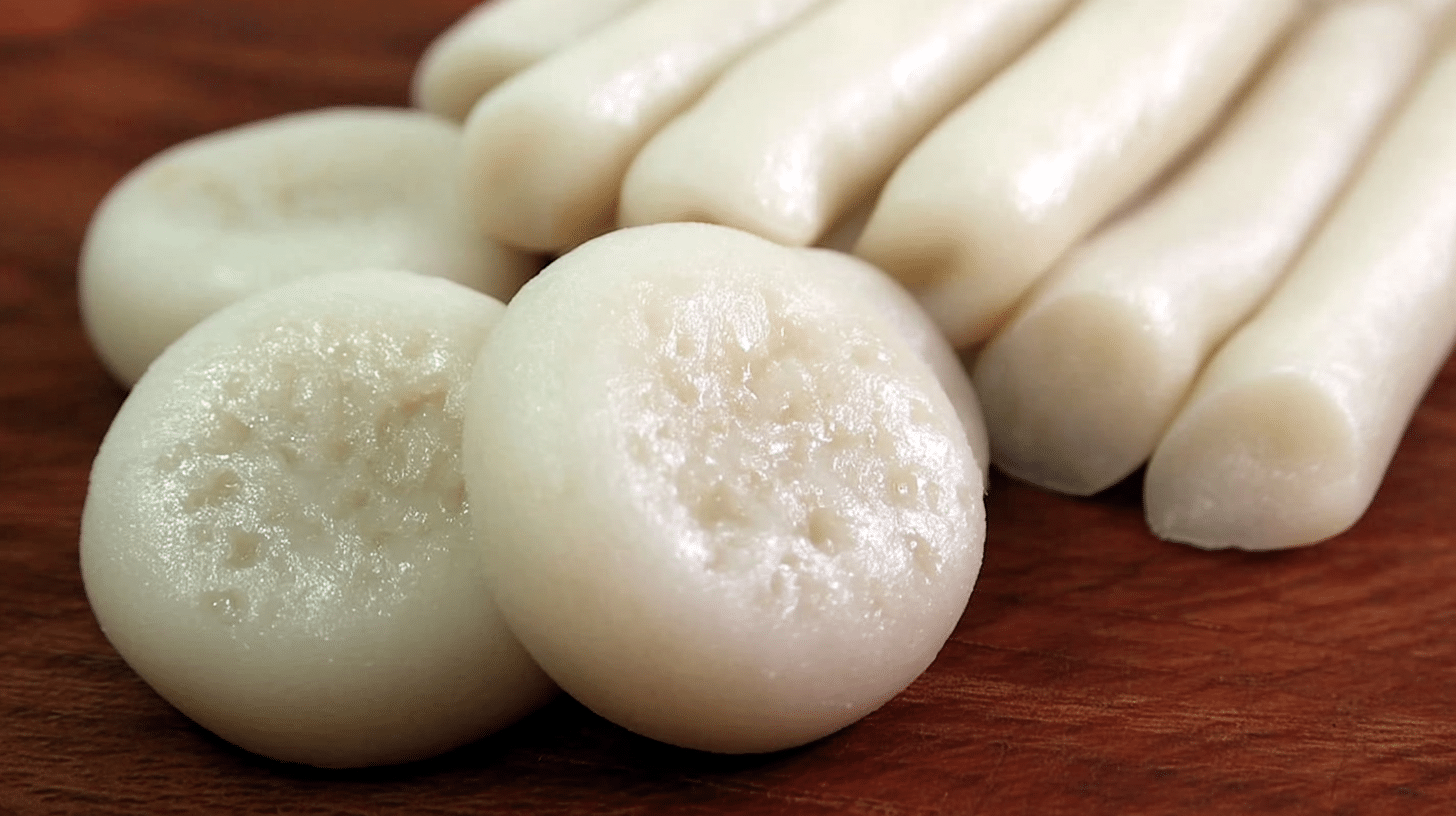
Divide the dough into portions and roll into cylinders about 1/2 inch thick, then cut into 2-inch pieces. Alternatively, shape into small discs or leave in larger pieces for specific dishes.
Traditional shapes include cylinders for tteokbokki, flat discs for soup, or decorative shapes for special occasions.
Pro Tip: Keep shaped pieces covered with a damp cloth to prevent drying while working with the remaining dough.
4. Prepare for Steaming
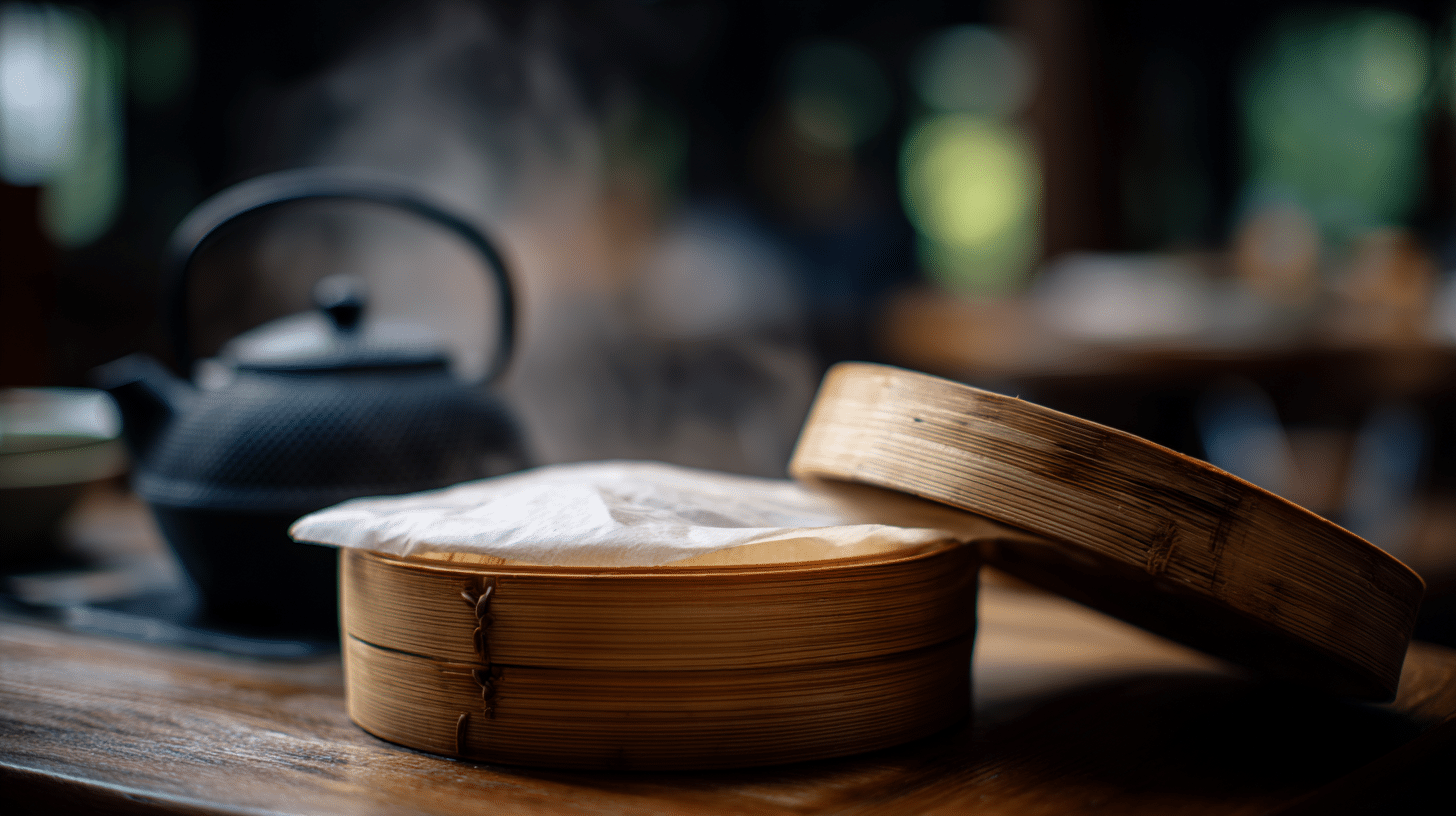
Line the steamer basket with parchment paper, cheesecloth, or cabbage leaves to prevent sticking. Arrange shaped rice cakes in a single layer, leaving space between pieces for even cooking.
A proper steaming setup ensures even cooking and prevents rice cakes from sticking together.
Pro Tip: If you don’t have a steamer, use a large pot with a metal colander or improvised steaming rack.
5. Steam to Perfection
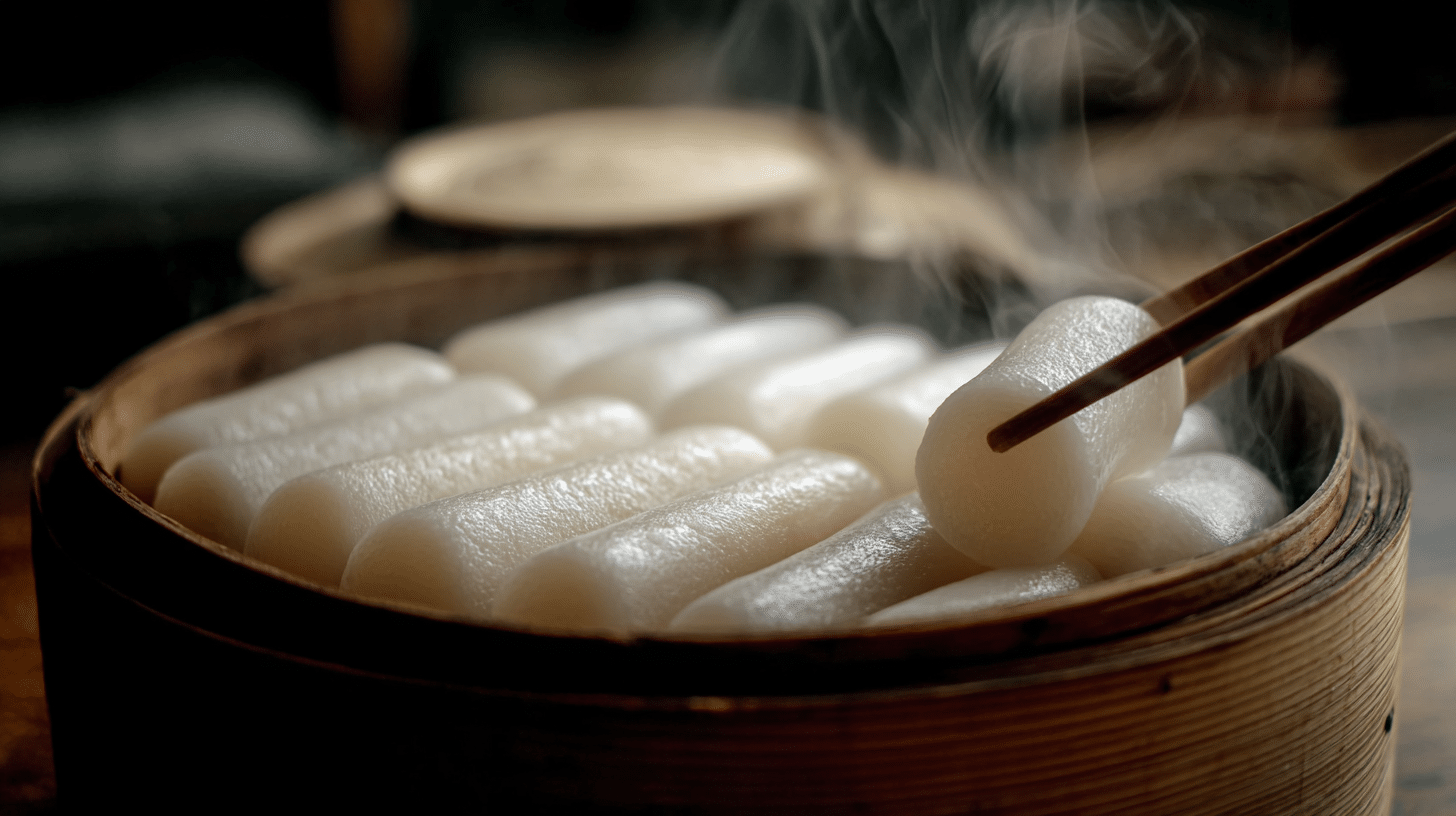
Steam over boiling water for 15-20 minutes until rice cakes become translucent and feel firm yet bouncy when pressed. They should have a slight shine and no raw flour taste.
Proper cooking creates the ideal texture – chewy but not tough, with a slight bounce when pressed.
Pro Tip: Test doneness by cutting one piece – the interior should be evenly cooked with no white, raw-looking areas.
Recipe Notes
| Information | Details |
|---|---|
| Prep Time | 20 minutes |
| Steam Time | 20 minutes |
| Total Time | 40 minutes |
| Category | Korean Staple |
| Method | Steamed |
| Cuisine | Korean |
| Yield | About 30 pieces |
Note: Fresh rice cakes have the best texture but can be frozen for up to 3 months. Thaw and refresh in warm water before using.
Cultural Significance and Occasions
Korean rice cakes hold deep cultural meaning that extends far beyond their role as food, representing prosperity, longevity, and family unity in Korean traditions:
1. Festival and Holiday Importance
Tteok plays essential roles in major Korean celebrations, including Seollal (Lunar New Year), where tteokguk symbolizes gaining wisdom and years.
During Chuseok (Harvest Festival), families prepare special rice cakes as offerings to ancestors and share them with loved ones.
First birthday celebrations (doljanchi) feature colorful rice cakes representing wishes for the child’s bright future and health.
2. Regional and Family Traditions
Different Korean regions have developed unique rice cake varieties and preparation methods passed down through generations of families.
Northern areas favor a heartier, plainer version, while southern regions incorporate sweeter ingredients and colorful presentations.
Family recipes often include secret techniques or ingredient ratios that create signature textures and flavors unique to each household.
3. Modern Cultural Connection
Contemporary Korean families maintain rice cake traditions while adapting recipes for modern kitchens and dietary preferences.
Making tteok at home connects Korean diaspora communities to their heritage while introducing Korean culture to international families.
The process of making rice cakes together strengthens family bonds and passes cultural knowledge to younger generations.
Storage & Make-Ahead Tips
Korean rice cakes store well with proper techniques and actually benefit from some preparation strategies:
- Fresh Storage: Keep at room temperature for same-day use, refrigerate up to 3 days wrapped in a damp cloth to maintain moisture and texture.
- Freezing: Freeze individual pieces on trays, then store in bags for up to 3 months – perfect for always having rice cakes ready.
- Reheating: Refresh refrigerated rice cakes in warm water for 5 minutes, or steam briefly to restore original texture and chewiness.
- Make-Ahead: Prepare dough and shape rice cakes up to 1 day ahead, keeping covered and refrigerated until ready to steam.
- Batch Cooking: Make large batches and freeze portions for convenient Korean cooking throughout the month.
Pro Tip: Add a slice of bread to storage containers to maintain moisture and prevent rice cakes from drying out.
Nutrition Facts
These authentic Korean rice cakes provide satisfying carbohydrate nutrition, perfect for Korean cuisine!
| Nutrition Information | Per 3 Pieces (approx. 45g) |
|---|---|
| Calories | 95 |
| Protein | 2g |
| Carbs | 22g |
| Fat | 0g |
| Fiber | 0g |
| Sodium | 65mg |
| Sugar | 0g |
Note: Values are approximate and based on basic recipe without additional ingredients. Rice cakes provide energy-dense carbohydrates for active lifestyles.
Popular Korean Rice Cake Dishes to Try
Complete your Korean cooking experience with these traditional dishes that showcase homemade rice cakes perfectly:
1. Tteokbokki (Spicy Stir-Fried Rice Cakes)
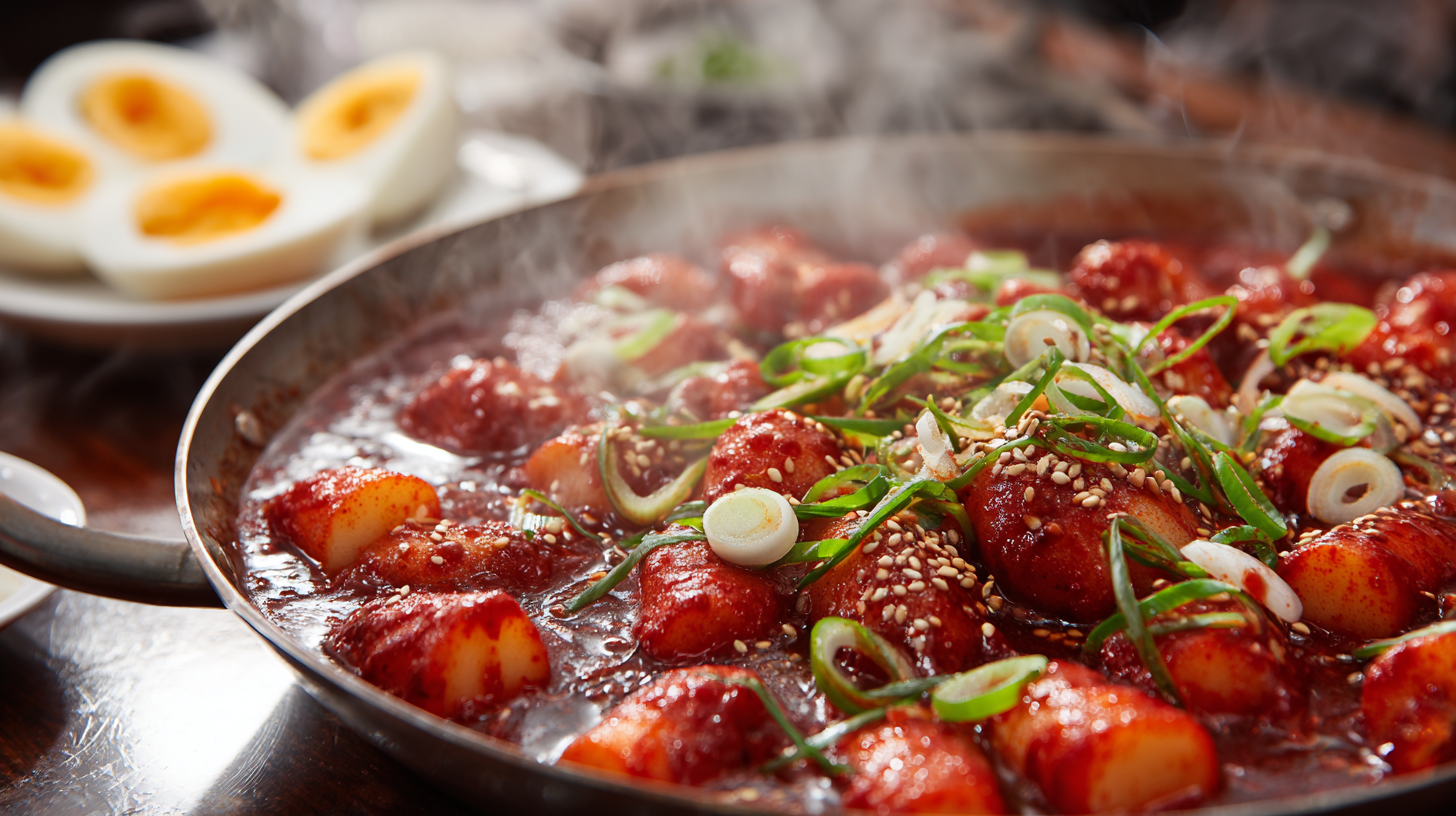
Korea’s most beloved street food combines chewy rice cakes with spicy-sweet gochujang sauce, fish cakes, and scallions for addictive flavors.
The sauce includes gochujang, soy sauce, sugar, and garlic, simmered until thick and glossy. Add hard-boiled eggs and fish cakes for an authentic street food experience.
This dish represents Korean comfort food at its finest and showcases rice cakes perfectly.
2. Tteokguk (Korean Rice Cake Soup)
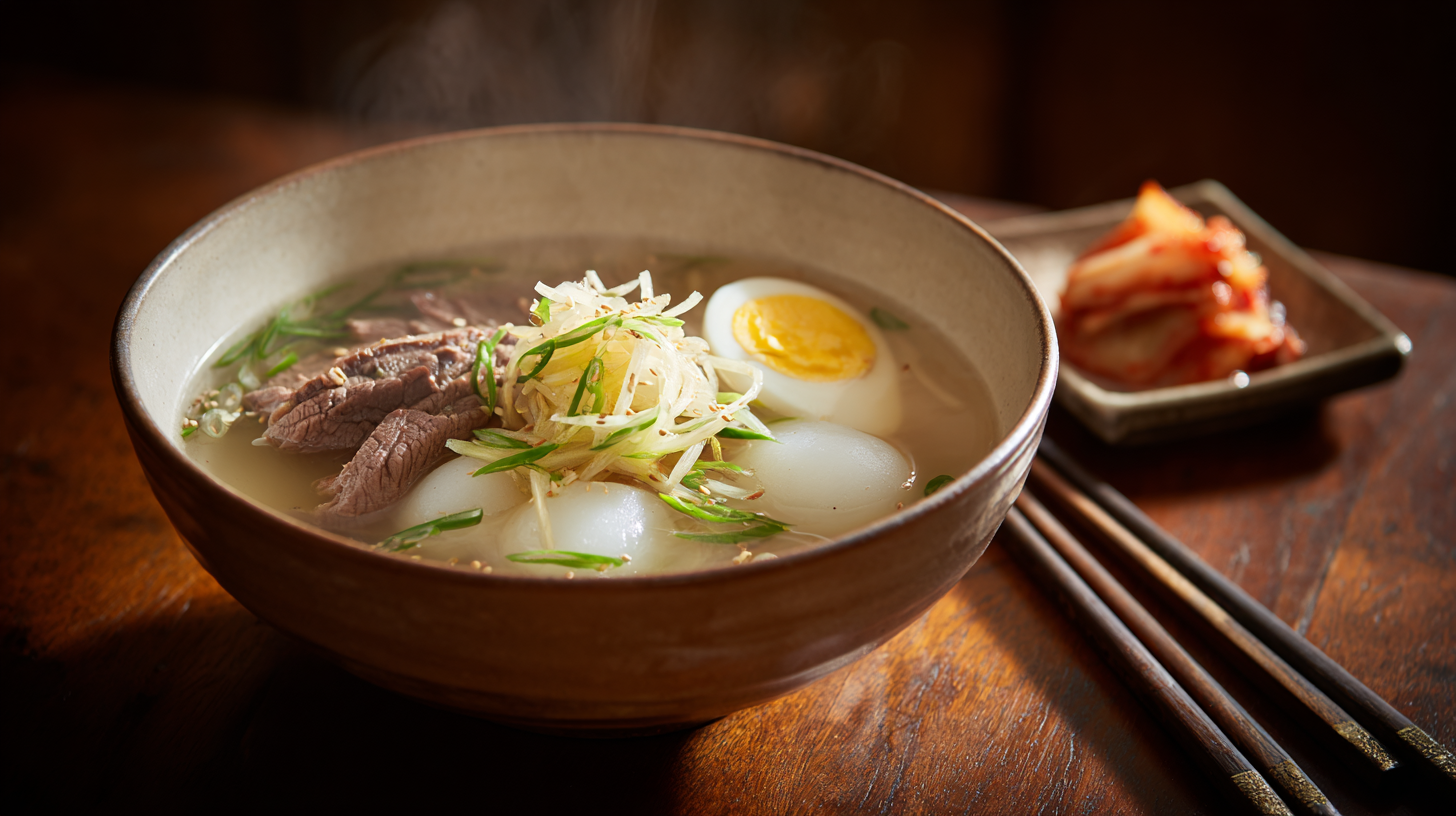
Traditional Lunar New Year soup features sliced rice cakes in clear, savory broth with beef or chicken, garnished with scallions and egg strips.
The clear broth allows rice cake flavors to shine while providing warming comfort during winter months. Each bowl symbolizes gaining another year of age in Korean tradition.
Beef brisket or chicken creates the flavorful base that makes this soup special for celebrations.
3. Sweet Rice Cake Desserts
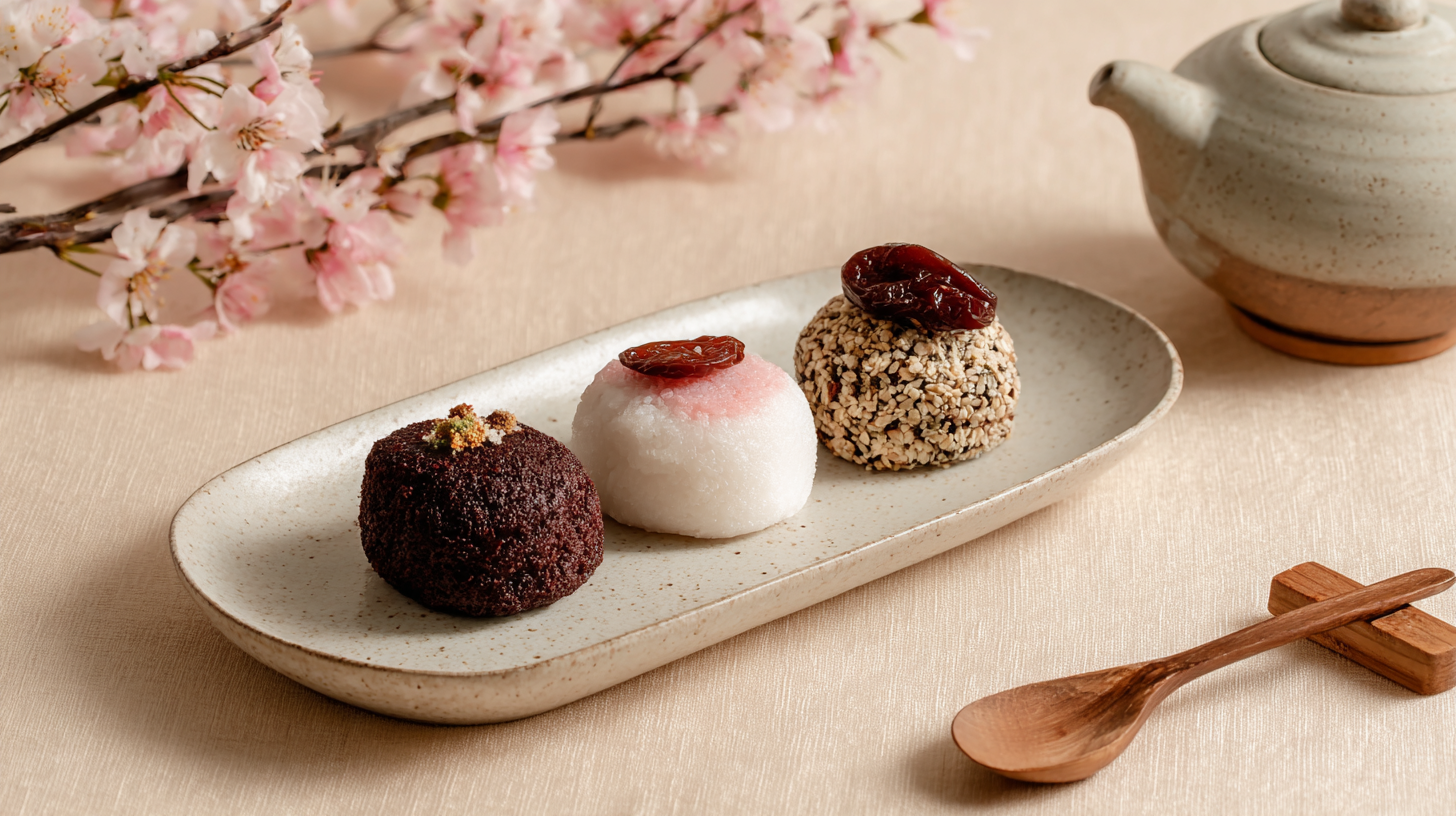
Traditional sweet versions include rice cakes filled with red bean paste, rolled in nuts, or shaped into decorative forms for special occasions.
Honey or sugar can be incorporated into dough for natural sweetness that appeals to all ages.
Chestnuts, jujubes, and other traditional ingredients add texture and nutrition to create satisfying desserts. These sweet variations showcase rice cakes’ flexibility beyond savory applications.
Make Korean Culture Come Alive in Your Kitchen!
These authentic Korean rice cakes prove that the most meaningful cooking connects us to rich cultural traditions while creating delicious food that brings families together.
The simple ingredients and traditional techniques make Korean cuisine accessible to home cooks while honoring centuries of culinary heritage.
For understanding Korean culture, celebrating Korean holidays, or simply enjoying the unique textures that make Korean food special, homemade rice cakes provide the foundation for countless delicious possibilities.
Keep this recipe as your gateway to authentic Korean cooking and cultural study through food.
Add a comment below sharing which Korean dishes you made with your homemade rice cakes and how this authentic Korean rice cake recipe connected you to Korean culture and flavors!



